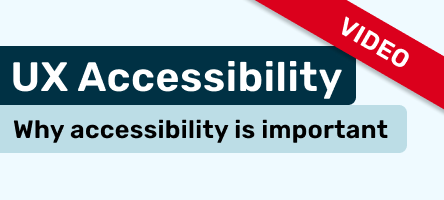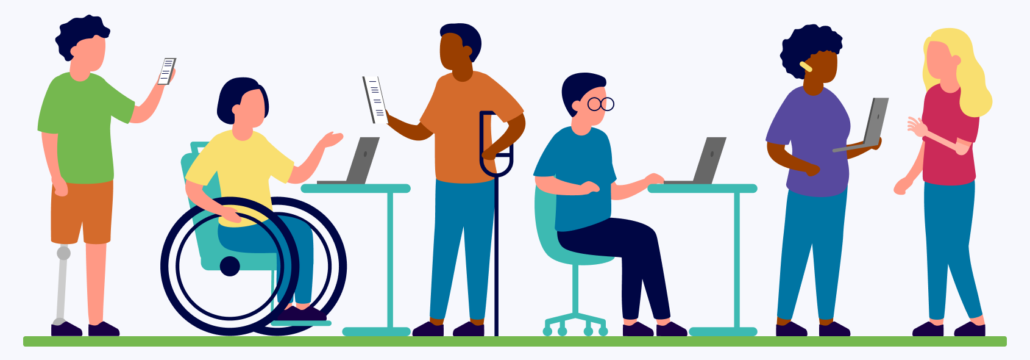

As a business, you likely rely on a website, e-commerce store, app, or software to connect with your customers and employees. But is it accessible to everyone? Accessibility ensures everyone can use your product, regardless of their ability or disability. Consider this: according to the CDC, 26% of adults in the United States have a disability. That is millions of potential users. If that statistic alone does not make a strong enough business case, let us explore why prioritizing accessibility is a strategic move for long-term success.
In the United States, people with disabilities have roughly $500 billion in disposable income, per the American Institutes for Research. By making your product accessible, they can shop your store or subscribe to your service. With nearly 96% of top websites having accessibility gaps (per WebAIM’s 2024 report), there is a clear opportunity to capture this market and gain an edge over competitors.
Features like straightforward navigation, screen reader support, and simple language do not just meet accessibility standards. Those improvements make your product easier for everyone to use, leading to higher customer satisfaction, loyalty, and strengthening trust in your brand. Happy users are far more likely to continue using it, purchase additional products or services, and even recommend it to others.
Making your product accessible means more people can use it, including those with disabilities, aging adults, and even users facing a temporary disability like a broken arm. Better yet, accessibility features benefit everyone, known as the curb-cut effect. For example, high contrast and larger text help people with vision impairments, but they also improve readability for older adults and anyone squinting at their phone in bright sunlight. Similarly, captions benefit not only people who are deaf but also users who have their audio off or are in a noisy environment.

Accessibility lawsuits are increasing. In 2024 alone, over 4,000 accessibility related lawsuits were filed in the United States. Defending a lawsuit can cost tens of thousands, far more than the cost of making your product fully WCAG compliant. Plus, negative publicity could damage your reputation and cost you even more.
Accessible sites tend to load better, interact smoothly, and stay visually stable—key factors in Google’s Core Web Vitals that improve search rankings. Plus, accessible sites are easier for search engines to crawl, ultimately helping more people find your business.
Prioritizing accessibility is not just about inclusion—it is a smart business move. It enhances the user experience, drives engagement, and offers long-term financial benefits. By making your product accessible, you are helping an underserved market and setting your brand apart as a leader in usability, innovation, and customer loyalty. In a competitive market, accessibility is necessary to reflect your commitment to your customers and your bottom line.
| Cookie | Duration | Description |
|---|---|---|
| cookielawinfo-checkbox-analytics | 11 months | This cookie is set by GDPR Cookie Consent plugin. The cookie is used to store the user consent for the cookies in the category "Analytics". |
| cookielawinfo-checkbox-functional | 11 months | The cookie is set by GDPR cookie consent to record the user consent for the cookies in the category "Functional". |
| cookielawinfo-checkbox-necessary | 11 months | This cookie is set by GDPR Cookie Consent plugin. The cookies is used to store the user consent for the cookies in the category "Necessary". |
| cookielawinfo-checkbox-others | 11 months | This cookie is set by GDPR Cookie Consent plugin. The cookie is used to store the user consent for the cookies in the category "Other. |
| cookielawinfo-checkbox-performance | 11 months | This cookie is set by GDPR Cookie Consent plugin. The cookie is used to store the user consent for the cookies in the category "Performance". |
| viewed_cookie_policy | 11 months | The cookie is set by the GDPR Cookie Consent plugin and is used to store whether or not user has consented to the use of cookies. It does not store any personal data. |